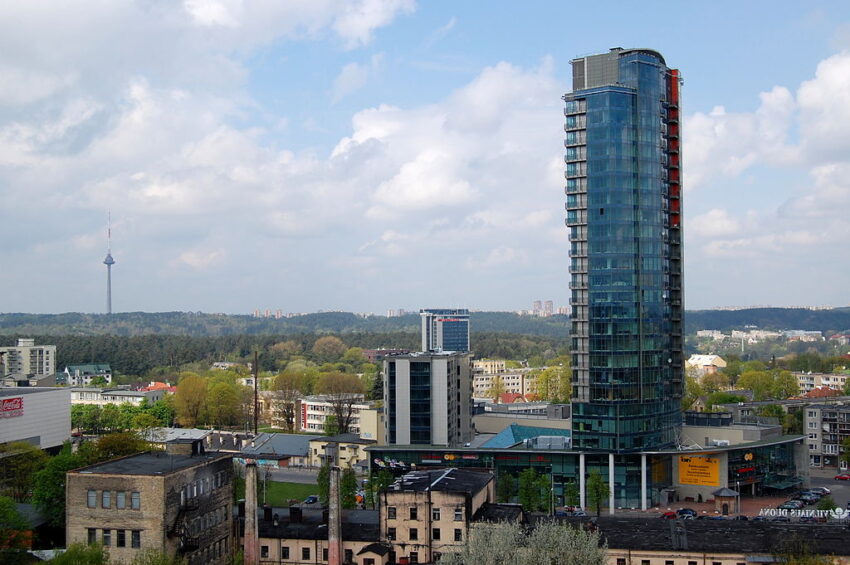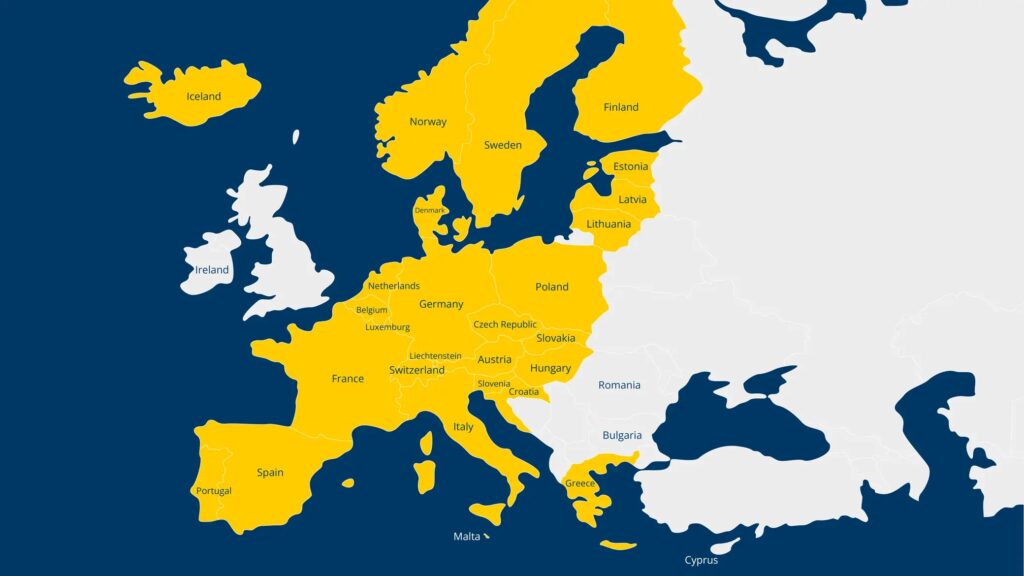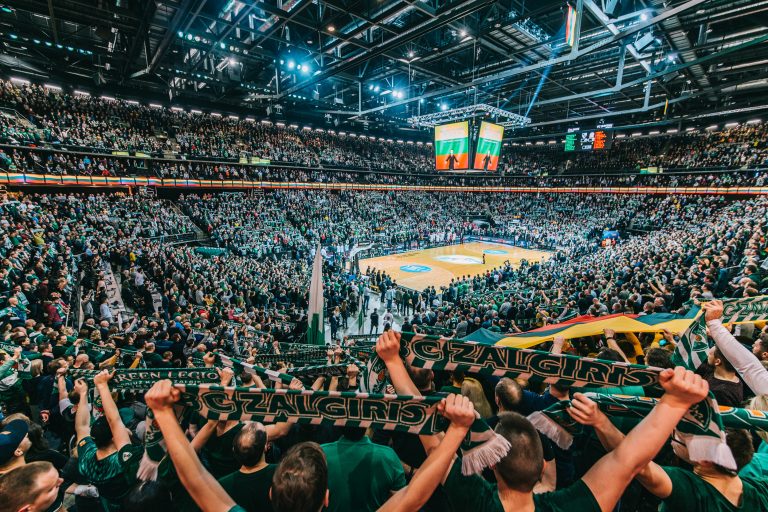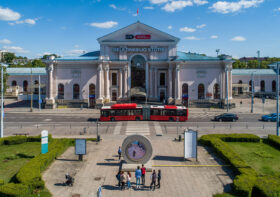Visiting Lithuania? Here Are 15 Basics To Know!

Unfortunately, most people around the world don’t know much about Lithuania. In some ways, this is a blessing – since the beautiful old towns and city centers of the country are never too busy in the same way as perhaps London, Paris, and Amsterdam. While it’s nice for residents and tourists that do know about Lithuania, the country’s tourism organizations would probably love to change this.
So, if you’re only now finding out about Lithuania and are considering it as a place to visit, here are 15 things that will give you a broad introduction to the country and its recent history. There are certainly many more great things to know about the country, but the purpose of this list is mainly for tourists!
1. Lithuania is in the European Union and within the Schengen Zone
This means that visitors who have a Schengen visa can freely travel in and out of Lithuania while their visa is valid. Citizens of countries belonging to the Schengen visa-free regime can enter any member country of the area for tourism or business purposes. However, it’s important to know that the visa-free regime has a limit of 90 days during a 180-day period. So you can’t just fly out and fly back in on the same day!

2. Lithuania uses the Euro as its currency
Not all EU and Schengen zone countries have adopted the Euro as their currency – just look at Poland, Hungary, and the Czech Republic as examples. However, Lithuania is not one of these exceptions! In fact, the country adopted the Euro in 2015.
3. Cars drive on the right-hand side of the road
This is just like in Canada or the United States. While many rules of the road are similar, there are a few differences you’ll need to research before getting behind the wheel of a car here. But at least for North Americans driving (or just walking), getting used to the traffic direction won’t be an issue!

4. Lithuania is a member of NATO
It was a long process, but the Baltic country finally became a member of the Western military alliance in 2004. This provides it with additional security and reassurance against the threat of Russian aggression.
5. Lithuanian is the official language of Lithuania
In case it wasn’t obvious, Lithuanians speak the Lithuanian language. It’s often regarded as one of the oldest spoken languages in the world and, with its Indo-European roots, has many words similar to Sanskrit.
But while Lithuanians speak Lithuanian, many speak more than this one language. Older people speak Russian due to decades of Soviet occupation, while younger generations are more likely to speak English.
6. Lithuania was occupied by the Soviet Union from 1940 to 1990
Providing a little more background behind why many older people speak Russian, many Lithuanians were forced to learn the Russian language in school. The Soviet occupation and its authoritarian style of rule is also why many Lithuanians have been actively trying to distance themselves from Russian language and culture in recent decades (since regaining independence).

7. Vilnius is the capital city of Lithuania
The capital of Lithuania – and the city you’re most likely to fly into, is Vilnius. This city is relatively small – with roughly 600,000 residents. Comparing it to US cities, it’s close in size to cities like Portland (Oregon) and Detroit (Michigan).
8. There’s more than just Vilnius…
There’s more to the UK than London and more to France than Paris. Likewise, there’s a lot more to Lithuania than Vilnius. Among many other beautiful regions and districts worth visiting, the other two large cities in Lithuania to keep in mind are Kaunas and Klaipeda. Kaunas has about 300,000 residents while Klaipeda has a population of 150,000.

9. There’s a fierce and longstanding rivalry between the cities of Vilnius and Kaunas
Many people like to compare and contrast the two largest cities in Lithuania. While Vilnius was and is now the capital of Lithuania, Kaunas temporarily had ‘capital status,’ during a period when Vilnius was occupied and claimed by Poland. These days, the main rivalry between the two cities is seen in the competition between their basketball teams.
10. The (unofficial) second religion is basketball
Speaking of basketball – this is Lithuania’s national sport. However, it’s better known as Lithuania’s second religion. Lithuanian’s love basketball, and you’ll find some of the most passionate fans of the game in this country.

11. Lithuania actually shares a border with Russia
This border may not be in the way you’d expect it to be. Rather than bordering the Russian “mainland”, Lithuania is next to the Russian exclave territory of Kaliningrad. This region was seized during the second world war, and was previously part of German Prussia.
12. Lithuanians have a reputation for being reserved
However, if you need help, most Lithuanians will be glad to assist you! Keeping in mind what was stated about language – you have better chances of speaking English with a younger person than someone over 50.
13. Lithuania has a beautiful coast
With part of its territory along the Baltic Sea, Lithuania has a beautiful and mostly sandy coastline. During the summer, the town of Palanga is the go-to spot for Lithuanians looking for a beach vacation within their own country.
14. Lithuania is a Baltic nation
Lithuania is known as one of the three Baltic nations. The other two countries which make up the Baltics are Latvia and Estonia. Of these countries, Lithuania is the largest and has the highest population.
15. Lithuania is in the Eastern European time zone
This time zone also is also shared with Latvia, Estonia, and Finland. Further south, Ukraine, Romania, Bulgaria, Moldova, and Greece find themselves in the same time zone as well. For the time being, Daylight Savings Time still happens in Lithuania. Late October and late March are typically when clocks change.
While Lithuania is definitively in the Eastern European Time/Eastern European Summer Time zone, there’s still a debate raging as to whether Lithuania is considered Eastern, Northern, or Central Europe!
So, there’s your short introduction to Lithuania as a country. It’s definitely worth visiting and a great place to spend some time! Hopefully you found this article informative and useful. See you here soon!



